According to statistics, storm No. 1 caused great damage in the Central region, stretching from Quang Nam, Da Nang , Hue to Quang Tri, Quang Binh and Ha Tinh.
11 people died in the unusual floods caused by the storm. 5 houses collapsed; 38 houses were damaged and had their roofs blown off; 4,074 houses were flooded. Storm No. 1 sank and damaged 8 fishing boats; 90,511 hectares of rice and crops were flooded; 2,380 hectares of aquaculture were damaged; many traffic routes were eroded and cut off.
Floods caused by storm No. 1 caused rice fields and crops to be deeply submerged in Truong Son commune, Quang Ninh district ( Quang Binh ). Photo: NVT |
It is mid-June, near the summer solstice - the time when every year the Central region has to cope with the dry heat. However, this year the weather is unusual. The heavy rain in Ha Tinh (the evening of May 24 and the morning of May 25) and storm No. 1 have demonstrated the breaking of the weather rules, causing surprise and confusion for the people of the Central region.
To decode this unusual and extreme storm, Vietnam Law had an exclusive interview with Dr. Nguyen Ngoc Huy. Although he is on a long business trip to teach graduate students at the prestigious Keio University in Japan, Mr. Huy still spends a lot of time monitoring storm No. 1 and continuously issues warnings to the Vietnamese people.
- Sir, could you please tell me why storm number 1 is called such an unusual storm?
Dr. Nguyen Ngoc Huy has 20 years of experience in researching droughts, floods, extreme weather events, climate change and livelihoods. He has worked as a consultant for United Nations organizations and international organizations in many countries on environmental issues, climate change adaptation and disaster risk reduction.
In Vietnam, Dr. Nguyen Ngoc Huy is considered one of the leading experts in climate and natural disaster research. He is famous on social networks with the nickname "Huy Nguyen Weather" with more than 800,000 followers on his personal Facebook page Huy Nguyen and more than 170,000 followers on the fanpage Huy Nguyen Weather to update predictions and warnings. Especially when there are storms and floods.
- In June, if a storm forms, it will hover outside the East coast of the Philippines and at most move north to China or northeast to Japan. In the past, there have been storms in June, but the number of storms that entered the Central region was not much, and did not cause heavy rain. In mid-June this year, a storm formed in the East Sea. It was extremely unusual when the storm center was in one place and the rain center was in another.
Almost all of the rain was forced to the left, hitting the Central region. Provinces and cities from Quang Nam, Da Nang, Hue, Quang Tri, Quang Binh and a little in Ha Tinh, suffered an unprecedented heavy rain in June.
- Unprecedented heavy rain, please explain further?
- The total amount of heavy rain in Quang Binh is generally from 250 - 450mm, from Quang Tri to Da Nang is generally 400 - 650mm. In which, the South of Hue city is from 700 - 800mm, Quang Nam is generally 250-500mm. On June 12 alone, Bach Ma (Hue) recorded more than 900mm of rain within 24 hours.
People were very surprised when villages in highlands such as Lao Bao town (Huong Hoa district, Quang Tri) were flooded, midland areas such as Dai Hung (Dai Loc district, Quang Nam) were flooded, and downstream areas such as Quang Dien district (Hue), Le Thuy district (Quang Binh) were flooded. Flooding in June was an extreme abnormality that surprised and shocked us all.
Police forces evacuate belongings to help people in Lao Bao town, Huong Hoa district (Quang Tri) due to heavy rain and floods caused by storm No. 1. Photo: Quang Tri Police |
- So, in your opinion, what is the cause of such extreme weather conditions?
- Storms and floods are not new. However, the impact of climate change will change the weather patterns from thousands of years ago. Typically, extreme rain in storms is larger than normal and occurs more frequently. Global warming causes atmospheric currents and monsoon zones to operate abnormally, causing heavy rain in a short period of time and causing unseasonal flooding.
According to the World Meteorological Organization (WMO), 2024 is the year when global temperatures have increased by more than 1.5 degrees Celsius compared to the pre-industrial period. Also in 2024, Vietnam recorded 110 temperature records in April and the largest super typhoon Yagi ever hit the North. 2025 is also forecast to be the third consecutive year (2023 - 2025) with the highest global temperatures in history. These are the clearest manifestations of the increase in global temperatures and extreme weather.
Dr. Nguyen Ngoc Huy is considered one of the leading experts in climate and natural disaster research in Vietnam. Photo: NVCC |
- What are the consequences of climate warming, sir?
- According to the latest scenario of WMO published on May 27, 2025, the world will face consecutive hot years from 2025 to 2029 with temperatures forecast to be 1.2 - 1.9 degrees Celsius higher than pre-industrial times. Of which, at least 1 year will have temperatures higher than 1.5 degrees Celsius and the possibility of a year with temperatures rising 2.0 degrees Celsius higher than pre-industrial times cannot be ruled out.
Global warming will soon increase the number of extreme natural disasters such as storms, floods, droughts, saltwater intrusion, landslides, flash floods... Climate change causes many serious consequences such as: rising sea levels, extreme weather events, biodiversity loss, economic losses and impacts on human health. Global warming causes ice in polar regions and glaciers to melt, causing sea levels to rise, flooding coastal areas and islands.
Storm No. 1 caused landslides on Ho Chi Minh road, through Quang Ninh district (Quang Binh). Photo: NVT |
It can be said that all of the above changes will have huge and direct consequences on industries that are highly exposed to climate such as energy, agriculture and human health. Government organizations, businesses and individuals need to have contingency plans for unusual natural disasters that may occur irregularly or in extreme directions.
In short, we need to prepare for these types of extraordinary natural disasters to occur with increasing frequency.
Thank you for sharing this!
Tran Nguyen Phong (performed)
Source: https://baophapluat.vn/tien-si-nguyen-ngoc-huy-chung-ta-can-chuan-bi-cho-thoi-tiet-cuc-doan-se-dien-ra-thuong-xuyen-hon-post551925.html


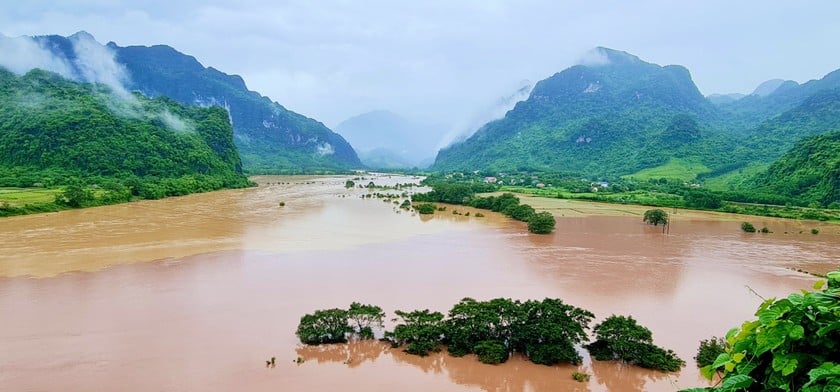
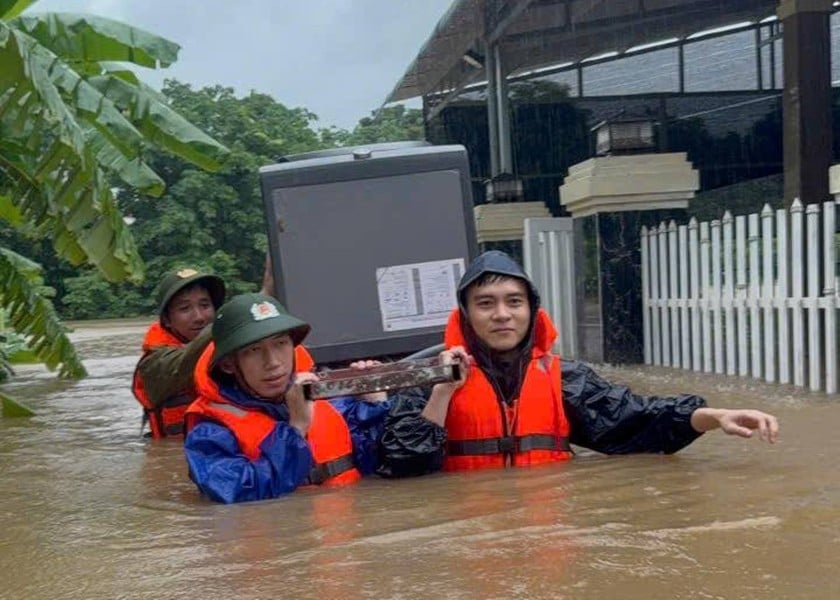












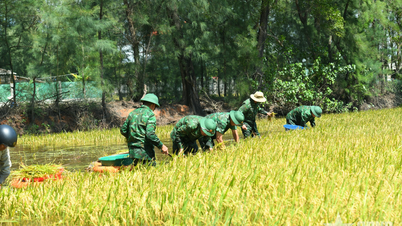


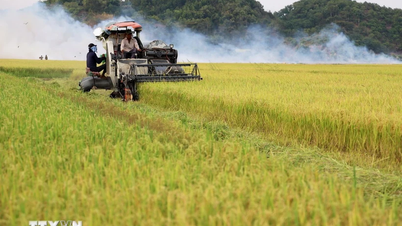






















































































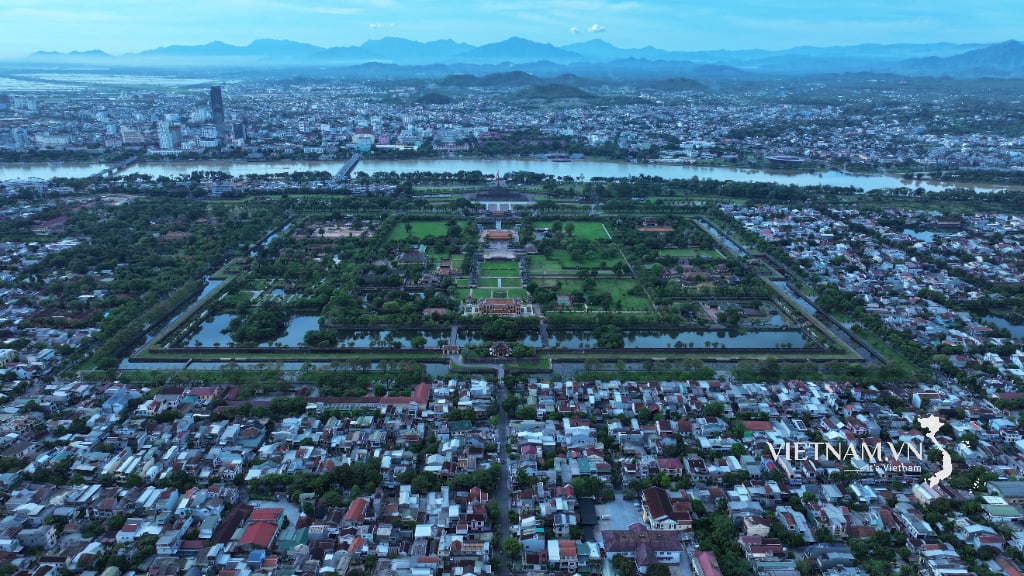


Comment (0)